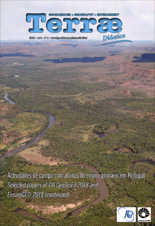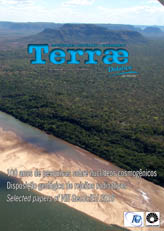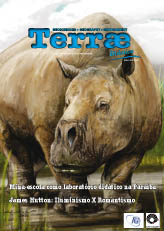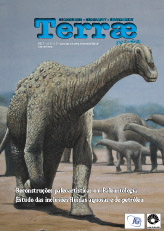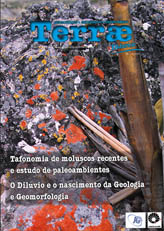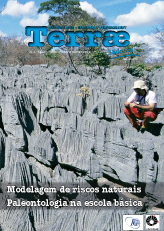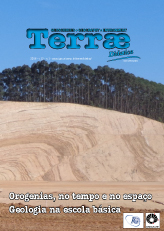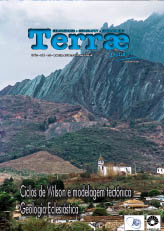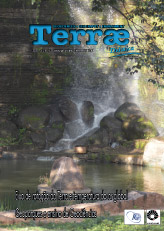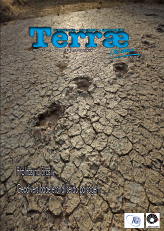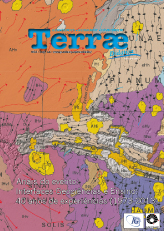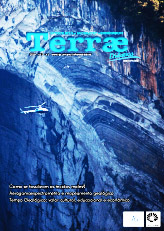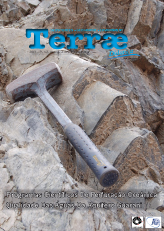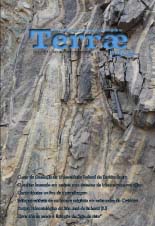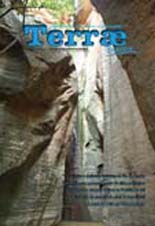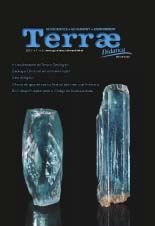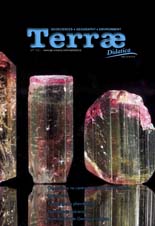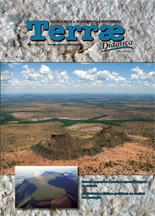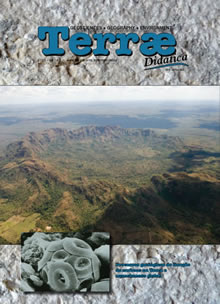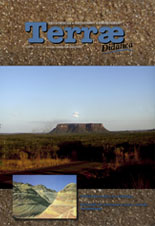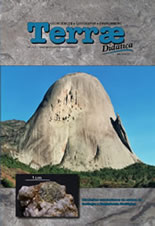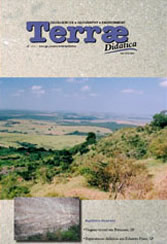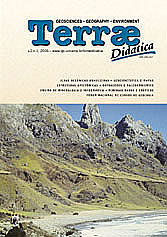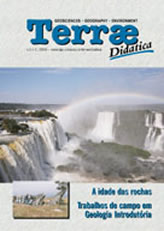Campinas-Brasil
ISSN 1980-4407

 ___________________
___________________ __
__
Volume 14, n2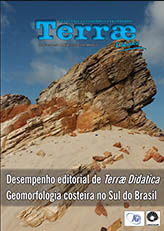
Volume 14, n1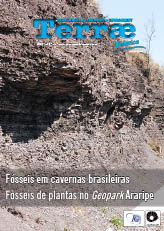
Volume 12, n3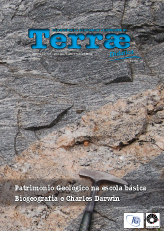
Volume 10, n2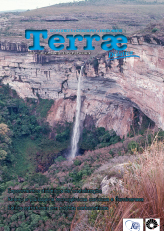
Volume 8, n2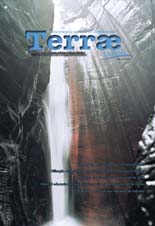
Tafonomia em cavernas brasileiras: histórico e método de coleta de fósseis preservados em solo carbonatado
André Gomide Vasconcelos
Progr. Pós-Graduação em Geologia, IGC/UFMG, Av. Antônio Carlos 6627, 31270-901, Belo Horizonte, MG, Brasil.
Email: andregomide86@gmail.com
Bruno Machado Kraemer
Museu de Ciências Naturais PUC Minas Av. Dom José Gaspar, 290, Coração Eucarístico, 30535-901 Belo Horizonte, MG, Brasil. -
Email: bmkraemer@gmail.com
Karin Elise Bohns Meyer
Depto. Geologia, IGC/UFMG e C. Pesq. Manoel Teixeira Costa (CPMTC). Av. Antônio Carlos 6627, 31270-901, Belo Horizonte, MG, Brasil. *in memoriam.
Abstract: Among fossiliferous quaternary deposits, caves are foremost in interest, in relation to richness as well as diversity of fossils preserved therein. The goals of this study are: (i) to review taphonomic research involving paleovertebrates collected in Brazilian caves, and (ii) to propose a controlled collection method for fossils in carbonate soils. The studies about Brazilian paleovertebrate taphonomy in caves began in the XIX century. Until the 1990s, they were conducted in low priority, restricted to taxonomic and paleoenvironmental aspects. After the 1990s, taphonomic studies became more relevant. They were then applied in quaternary deposits in many Brazilian states and used innovative techniques, e.g., chemical analysis and absolute dating methods. Fossil collecting demonstrated satisfactory results in carbonate soils. This technique safely removes bones without causing damage, and spatially reconstructs their location in the substrate, allowing detailed taphonomic interpretations.
Keywords: Keywords: quaternary deposits, fossiliferous breccia, biostratinomy.
DOI: 10.20396/td.v14i1.8652042
Copyright © 2005-2007 - Instituto de Geociências - Universidade Estadual de Campinas - UNICAMP - Brasil - Todos os direitos reservados -
Desenvolvimento: ![]()
